

Job Hunting: What Can You Do with a Studio Art Degree?
Summary
Reflection Questions
Journal Prompt
Every creative has been asked, “What will you do with your art history or studio art degree?” Stereotypes about the limited scope of job opportunities for fine art majors abound. But in reality, a studio art degree opens a wide array of professional opportunities that extend far beyond the canvas and easel. This field of study doesn’t just train artists. Many art programs mold innovative thinkers and versatile creators who are equipped for a variety of roles in today’s diverse job market. From digital illustration and graphic design to art therapy and advertising, the skills honed in a studio art program are increasingly sought after in numerous industries. Some fine arts majors eventually become interior designers, creative directors, or multimedia artists. In this article, we will shed light on the myriad art career options available to those with a background in studio art, demonstrating that the potential routes are far more varied and exciting than one might initially think. Read on to learn all about jobs for studio art majors.
How Does a Fine Art Degree Prepare Students?
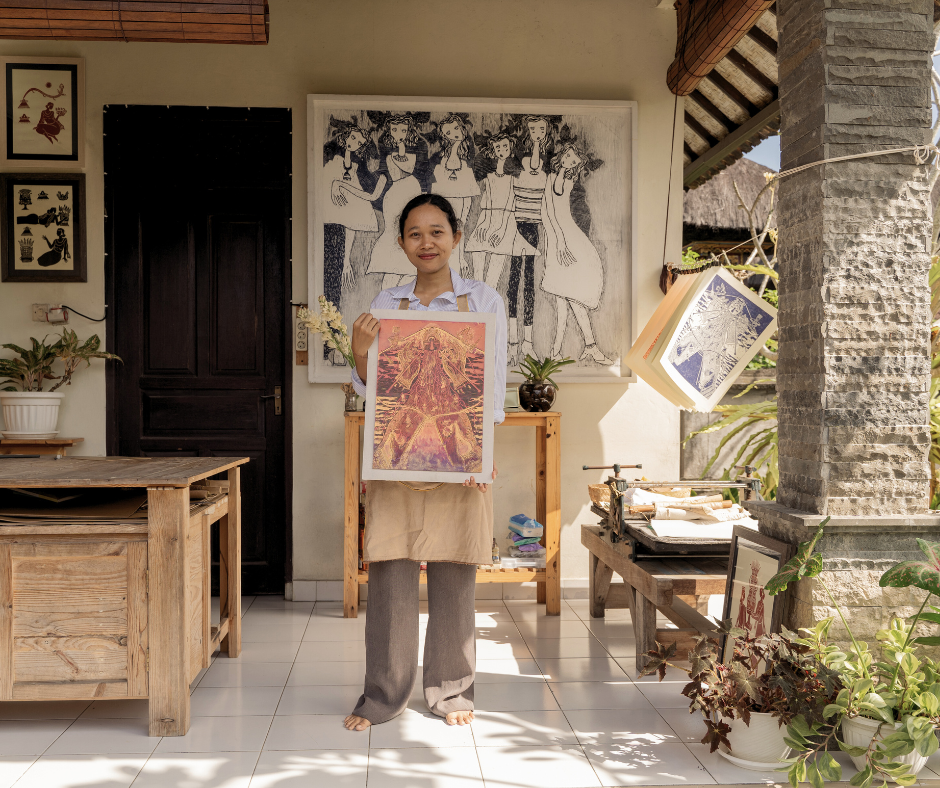

When pursuing a Bachelor’s degree in studio art, students are trained in various mediums, from traditional painting and sculpture to digital media and photography. Beyond the development of technical skills, the curriculum is designed to hone critical thinking and conceptual skills, enabling students to imbue their work with depth and context.
The program cultivates a rich skillset encompassing creativity, visual communication, and problem-solving, which are essential in a range of professional settings beyond the conventional art studio. This blend of practical artistry and intellectual rigor equips art graduates with a versatile toolkit, adaptable to numerous career paths.
Art Careers for Recent Graduates


Studio arts graduates, with their unique blend of creative skills and critical thinking abilities, have a wide range of mainstream graduate job opportunities available to them. Mainstream graduate jobs for fine art majors include the following.
Graphic Designer: Utilizing artistic and computer design skills to create visual concepts for various media, including websites, advertisements, and publications.
Art Teacher/Educator: Teaching art in schools, colleges, or community centers, focusing on different techniques, art history, and encouraging creative expression.
Museum or Gallery Curator: Managing collections of artwork, organizing exhibitions, and engaging the public with historical and contemporary art.
Art Therapist: (Requires additional training.) Using the creative process of art-making to improve and enhance the physical, mental, and emotional well-being of individuals.
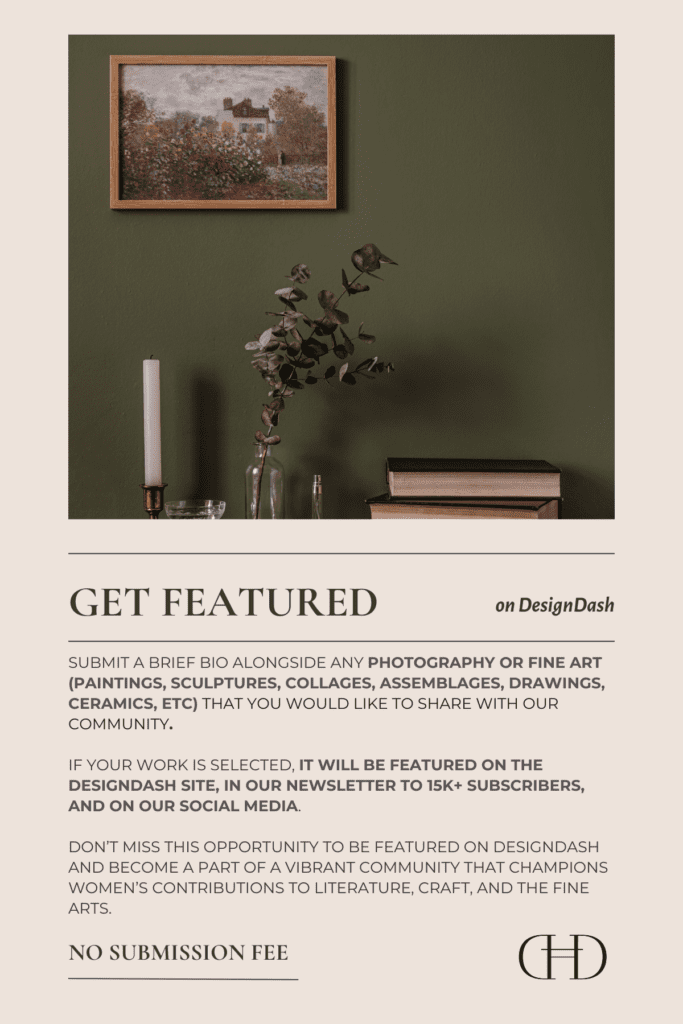

are you a fine artist or photographer?
Commercial Artist: Creating artwork for commercial purposes, such as in advertising, marketing, and product design.
Animator: Working in film, television, or gaming to create animated sequences or characters, often requiring skills in various animation software.
Illustrator: Creating original artwork for books, magazines, and digital media, often freelancing for various publishers and clients.
Set or Production Designer: Designing sets for theater, film, and television productions, requires a strong sense of space, design, and creativity.
Art Director: Overseeing the visual style and images in magazines, newspapers, product packaging, and film and television productions.
UX/UI Designer: Designing user interfaces and experiences for websites and applications, focusing on aesthetics and usability.
Photographer: Working in various genres such as commercial, portrait, and fine art photography, either in a freelance capacity or with studios or agencies.
Fashion Designer: Designing clothing and accessories, combining artistic skills with knowledge of fashion trends and materials.
Traditional Career Paths
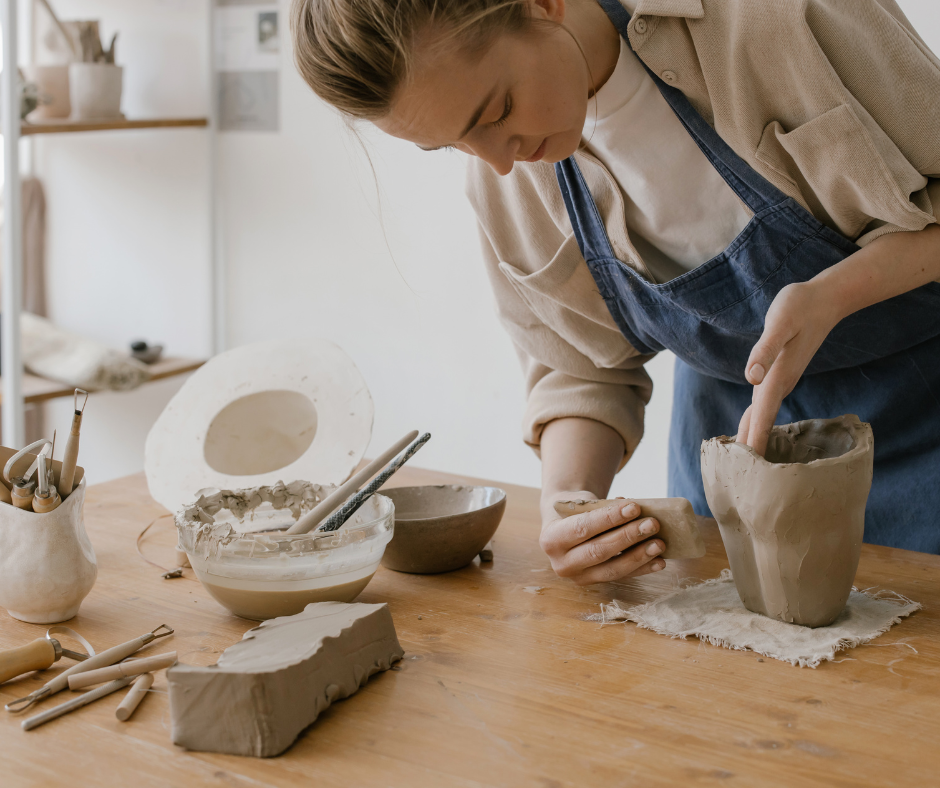

Graduates with a studio art degree often gravitate towards traditional roles that directly utilize their artistic skills. These paths include becoming a fine artist, where one creates original works for exhibition and sale, or an illustrator, translating ideas and narratives into visual formats.
Art education is another avenue, involving teaching art techniques and history, either in schools or through workshops. Additionally, roles in museums or galleries, such as curators or exhibition coordinators, allow graduates to engage with art from an administrative and historical perspective, contributing to the cultural sector.
Emerging and Alternative Careers


The digital age has broadened the horizon for art graduates with careers in digital media, animation, and graphic design becoming increasingly prevalent. These fields blend artistic creativity with technology, creating visual content for various digital platforms.
Another growing area is art therapy, where artists apply their skills in therapeutic settings, using the creative process to help individuals explore personal challenges, fostering mental and emotional well-being.
Unconventional Careers


Studio art graduates are also carving niches in less traditional, yet creatively fulfilling roles. Art direction in advertising involves conceptualizing and overseeing the visual aspects of advertising campaigns. Art directors must balance their artistic vision with market trends.
Set design in film and theater offers a dynamic platform for artists to create immersive environments, crucial to storytelling. Moreover, the world of fashion design opens doors for artists to apply their skills to textile and apparel design, combining functionality with aesthetic appeal. These unconventional paths exemplify the versatility of a studio art degree, transcending traditional boundaries of art-making.
Finding the Right Position as a Recent Graduate
Building a Portfolio
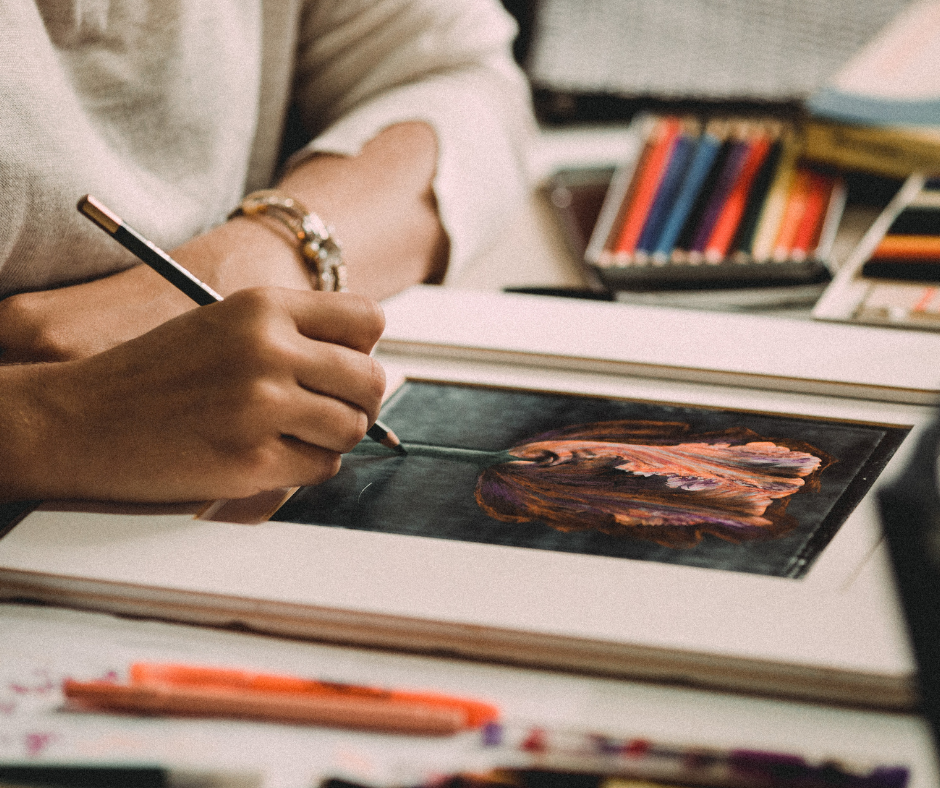

The cornerstone of a successful career in art is a well-crafted portfolio, a visual testament to an artist’s skill, style, and versatility. A robust portfolio not only showcases your best work but also tells a coherent story about your artistic journey and identity.
To build an effective portfolio, select works that represent your strengths and diversity in medium and subject matter. Regularly update the architecture of your portfolio with new pieces to reflect your evolving skills and artistic direction.
Curating your portfolio involves not just choosing your best work but also presenting it in a way that is accessible and engaging. Consider the flow of the portfolio, ensuring it leads viewers through a well-considered narrative of your artistry.
Leveraging Online Platforms to Expand Your Reach
In today’s digital age, leveraging online platforms is crucial. Create an online portfolio on dedicated art websites or your own website, providing a global audience easy access to your work.
Utilize social media strategically to showcase your art, connect with other artists and potential clients, and build a following. Platforms like Instagram and Pinterest are particularly effective for visual artists, offering a visually rich medium to engage an audience.
Remember, your online presence can often be the first impression you make on potential clients, galleries, or employers, making its curation as critical as the art itself.
Networking and Professional Development


Networking in the art industry is not just beneficial; it’s essential. Establishing connections with peers, mentors, and industry professionals can open doors to opportunities that are often not publicly advertised. Engaging with the art community through attending art shows, exhibitions, and events is a vital part of this networking process.
These venues offer not only inspiration but also the chance to meet and converse with established artists, gallery owners, and curators. They serve as platforms to gain insights into current market trends and artistic directions.
Joining Professional Organizations for Mentorship and More
Furthermore, joining professional organizations and online art communities is pivotal. These groups provide a sense of community, offer resources for professional development, and often have exclusive job boards.
Online forums and social media groups can also be valuable for staying connected with the art world, learning about upcoming events, and sharing experiences and advice with fellow artists. This active engagement in the art community is a strategic step in building a sustainable career in the arts.
Tips for Successful Job Hunting with an Art Degree
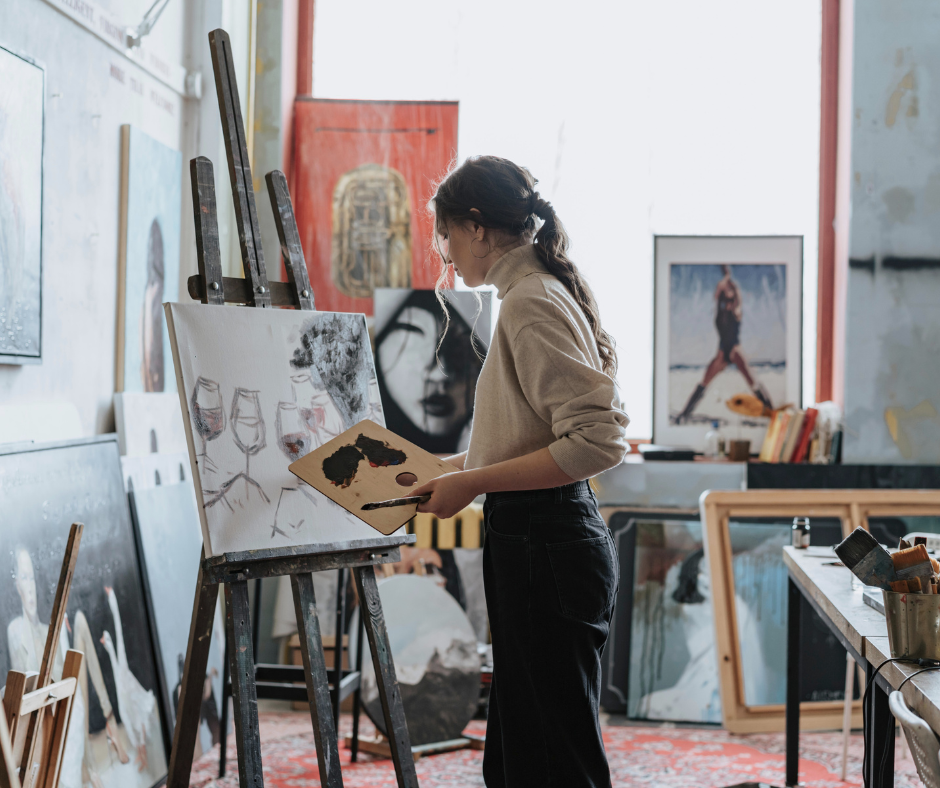

Navigating the job market with an art degree requires a blend of strategic searching and meticulous self-presentation. To unearth opportunities, leverage both online job platforms specialized in creative roles and networks established through art shows, galleries, and alumni associations.
Regularly updating your digital presence, particularly on professional networking sites and art-specific platforms, can also attract potential employers. When it comes to crafting a resume and cover letter, emphasize not just your artistic skills but also how these translate into broader competencies like creative problem-solving and project management.
Tailor these documents to each opportunity, highlighting specific experiences and skills that align with the job requirements. In preparing for interviews, anticipate discussions around your artistic process, portfolio, and how your art background informs your approach to potential job challenges.
Demonstrating a clear understanding of how your artistic skills translate to the job at hand is crucial. Remember, each interaction is an opportunity to showcase not only your talent but also your professional acumen.
Further Education and Specialization


Pursuing postgraduate studies is a strategic move for studio art graduates looking to deepen their expertise or pivot their focus. Advanced degrees like Master of Fine Arts (MFA) or Master’s in Art History offer a more intensive exploration of artistic mediums and theories, providing a platform for specialization.
The benefits of such education are multifaceted: it can lead to higher-level positions, greater earning potential, more sophisticated technical skills, and a deeper understanding of art forms and history. For example, those who pursue a Master’s degree or doctorate might obtain a teaching qualification or find a museum studies role. Specialization areas are diverse, ranging from traditional fine arts, which include disciplines like painting, sculpture, and printmaking, to digital media arts, encompassing animation, graphic design, and digital photography.
These specialized studies not only refine an artist’s skill set but also expand their career possibilities, opening up roles in academia, advanced artistic practice, or even niche industries that align with their specific area of expertise. The choice to specialize is a reflection of an artist’s evolving artistic journey and professional aspirations.
Entrepreneurship in Art


With your fine art degree, you might choose to become an art teacher or an art director. You might work in interior design or pursue higher education to become a museum curator. However, many graduates open their own studios, working as freelance graphic designers, ceramicists, illustrators, and painters.
Embracing entrepreneurship in the art world allows for a fusion of creative expression and business acumen. For many studio art graduates, self-employment or starting an art business is a pathway to not only create but also control the dissemination of their work.
Unfortunately, your unique visual style and passion for the craft might not be enough to establish your business. Choosing to be self-employed requires young people to obtain a basic education in marketing, financial management, and strategic planning. Successful art entrepreneurs often exemplify this blend of skills. For instance, consider an artist who leverages online platforms to sell their work globally, or another who opens a local studio, offering workshops and original pieces.
Artists can create sustainable business models around their creative talents. The key lies in understanding market needs, effective branding, and continually adapting to the changing art landscape, ensuring that artistic integrity and business savvy go hand in hand.
Final Thoughts on Finding the Right Job Fit with Your Fine Arts Degree
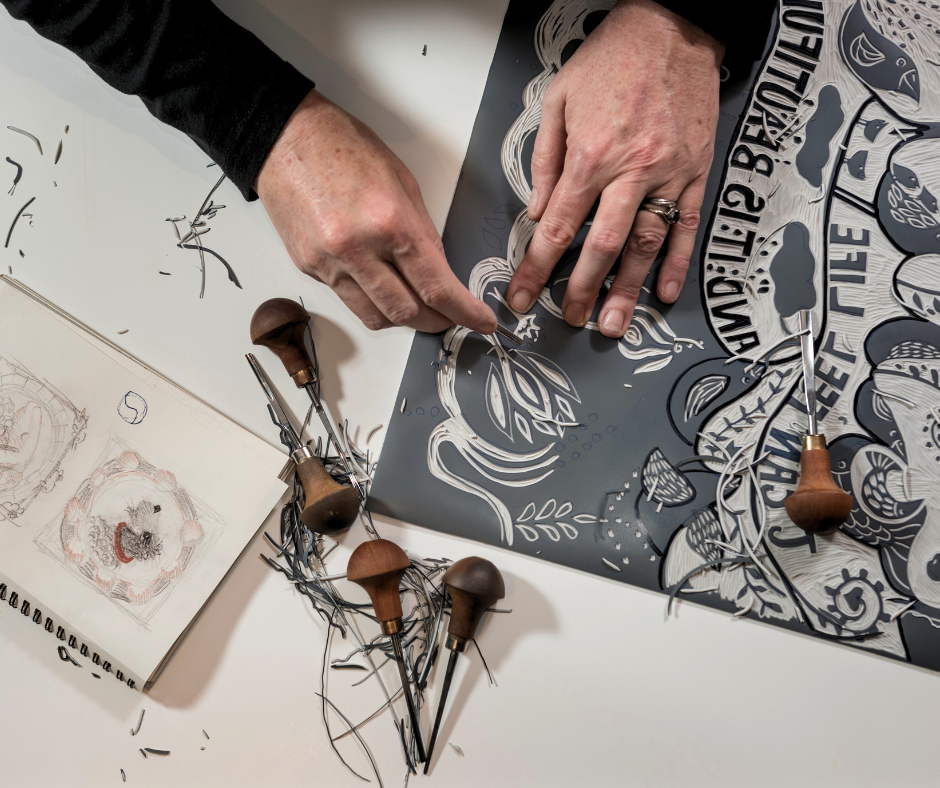

When one pursues a studio art degree, he or she cultivates a unique skill set, blending creativity, critical thinking, and technical proficiency, which is highly adaptable in today’s diverse job market.
Aspiring artists should view their studio art degree not as a limitation but as a launchpad for exploration and innovation in both conventional and unconventional art careers. The opportunities are as boundless as one’s imagination and determination, making the journey of an art graduate not just about creating art but also about creatively forging their own professional path.








